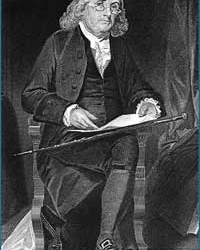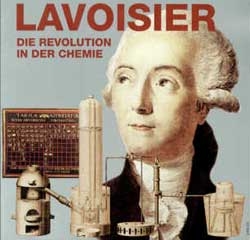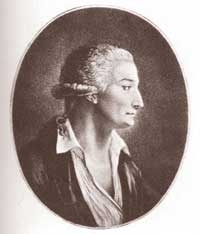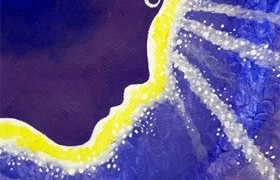William Lawrence Bragg and his father William Henry Bragg were both renowned physicists who made significant contributions to the field of X-ray crystallography, which studies the atomic and molecular structure of crystals using X-rays.
William Lawrence Bragg was born in 1890 in Adelaide, Australia. His father, William Henry Bragg, was a physicist who later collaborated with his son in the field of X-ray crystallography.
Bragg “the son” attended St. Peter’s College, where he demonstrated outstanding abilities in science and mathematics. He subsequently went on to study Mathematics and Physics at the University of Adelaide in 1908.
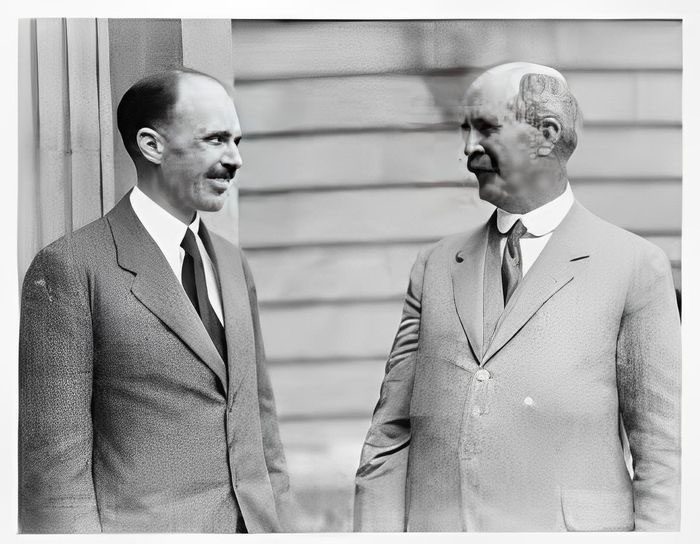
William Lawrence Bragg (left) and William Henry Bragg (right).
After completing his undergraduate studies, Bragg “the son” moved to England to continue his education at Trinity College, Cambridge. There, he conducted research under the guidance of prominent physicist J.J. Thomson. Bragg’s research focused on the scattering of alpha particles, which are positively charged particles emitted by radioactive substances.
In 1912, Bragg “the son” and his father began their research on X-ray diffraction at the Cavendish Laboratory in Cambridge. The Bragg family was interested in utilizing X-ray diffraction to study the atomic structure of crystals, which could reveal the arrangement of atoms within a crystal lattice.
In 1913, the Bragg father-and-son duo published a paper describing X-ray diffraction by crystals and the use of X-ray spectroscopy to determine the atomic structure of crystals, according to the Nobel Prize website. This work had a significant impact on the field of materials science and opened new avenues for research in X-ray crystallography.
In 1915, William Lawrence Bragg and his father were jointly awarded the Nobel Prize in Physics for their research on X-ray diffraction. At the age of 25, Bragg became the youngest recipient of the Nobel Prize at that time.
Following this, Bragg continued his research in X-ray crystallography, focusing on the structures of metals and minerals. He also took on teaching roles at the University of Manchester.
In 1941, he was honored by King George VI with the title of Knight and awarded the Royal Medal of the British Empire for his contributions to science.
Famous for Their Sense of Humor
The Bragg family was also known for their sense of humor. In the book “Crystals and Light: An Introduction to Optical Crystallography” (2015), author Elizabeth A. Wood recounts a story about Bragg “the father” responding to a student’s question he was unsure about. He humorously replied: “That’s a very good question. Ask my son, he’s in the next room and knows everything.”
Another amusing story involves both father and son attending a scientific conference, where they decided to switch name tags and impersonate each other. Bragg “the son” enjoyed this role-reversal game so much that he wore his father’s name tag for the remainder of the conference.
Along with their sense of humor, the Bragg family is highly respected in the scientific community and remembered as distinguished physicists with significant contributions to the field of X-ray crystallography.








































